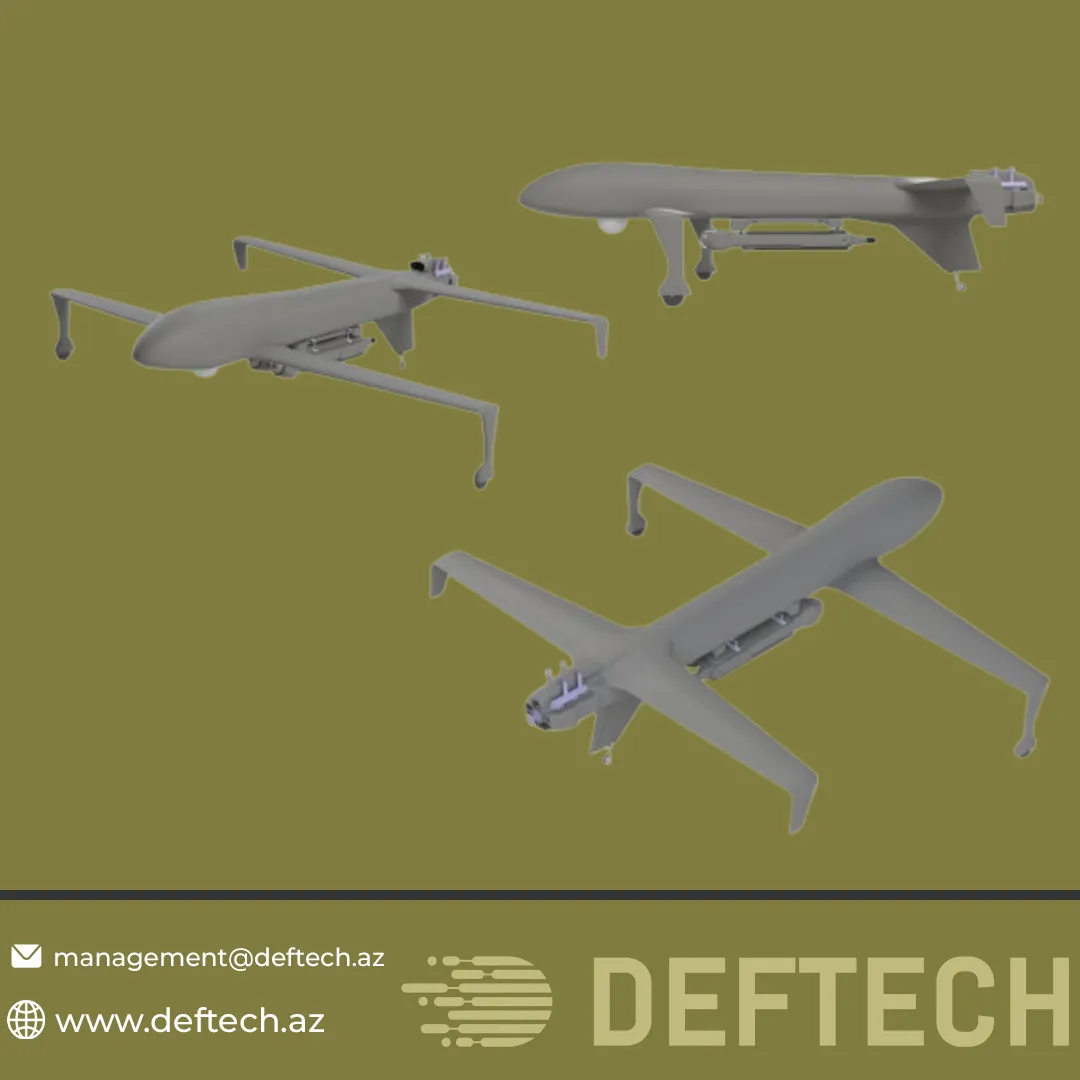About Tandem UAV
Tandem UAVs: Advancements and Applications
Introduction
Unmanned Aerial Vehicles (UAVs) have revolutionized modern aviation, military operations, and civilian applications. Among the various UAV configurations, tandem UAVs have emerged as a promising design that enhances efficiency, stability, and payload capacity. These UAVs feature two sets of wings positioned in tandem, allowing for superior aerodynamic performance. This essay explores the design, advantages, and applications of tandem UAVs, highlighting their growing significance in various sectors.
Design and Structure
Tandem UAVs differ from conventional UAV designs by incorporating two wings—one at the front and another at the rear. This configuration provides increased lift and allows for better load distribution, making them ideal for missions requiring high endurance and heavy payloads. Some tandem UAVs also integrate vertical takeoff and landing (VTOL) capabilities, further enhancing their operational flexibility.
The tandem-wing design reduces the need for a long wingspan while maintaining high efficiency, making it an excellent choice for UAVs operating in confined spaces. Additionally, the use of modern lightweight materials such as carbon composites has further improved their flight endurance and energy efficiency.
Advantages of Tandem UAVs
-
Increased Lift and Payload Capacity
-
The dual-wing design allows tandem UAVs to carry heavier payloads compared to traditional fixed-wing UAVs of similar size.
-
-
Enhanced Stability and Control
-
Tandem configurations provide better aerodynamic stability, reducing turbulence effects and improving maneuverability.
-
-
Improved Endurance and Range
-
Efficient aerodynamics lead to reduced fuel consumption or extended battery life, making tandem UAVs suitable for long-duration missions.
-
-
Versatility in Applications
-
The ability to operate in diverse environments, from urban settings to remote areas, makes them valuable for various military and civilian applications.
-
Applications of Tandem UAVs
-
Military and Defense
-
Tandem UAVs are used for intelligence, surveillance, and reconnaissance (ISR) missions, border security, and tactical operations due to their extended flight capabilities and high payload capacity.
-
-
Agriculture and Environmental Monitoring
-
These UAVs are employed for precision agriculture, crop health assessment, and environmental monitoring, including tracking deforestation and wildlife conservation.
-
-
Disaster Response and Humanitarian Aid
-
Their ability to transport medical supplies, food, and emergency equipment to disaster-stricken areas makes them invaluable in humanitarian missions.
-
-
Commercial and Industrial Uses
-
Tandem UAVs are utilized for infrastructure inspections, oil and gas pipeline monitoring, and logistics, where stable and prolonged flight is essential.
-
Future Prospects
As UAV technology continues to evolve, tandem UAVs are expected to see further advancements in autonomy, artificial intelligence, and energy efficiency. The integration of solar power and hybrid propulsion systems could significantly extend flight durations, making them even more effective for persistent monitoring and aerial missions.
Moreover, advancements in AI-driven navigation and swarm technology may allow tandem UAVs to operate collaboratively in complex environments, enhancing their applications in defense, search and rescue, and smart city management.
Conclusion
Tandem UAVs represent a significant leap in UAV design, offering a unique combination of lift efficiency, stability, and operational versatility. Their ability to carry heavier payloads and operate for extended periods makes them valuable across multiple sectors, from defense to disaster relief. As research and innovation continue, tandem UAVs will likely play an even greater role in shaping the future of aerial technology, providing efficient solutions for both commercial and strategic missions.



